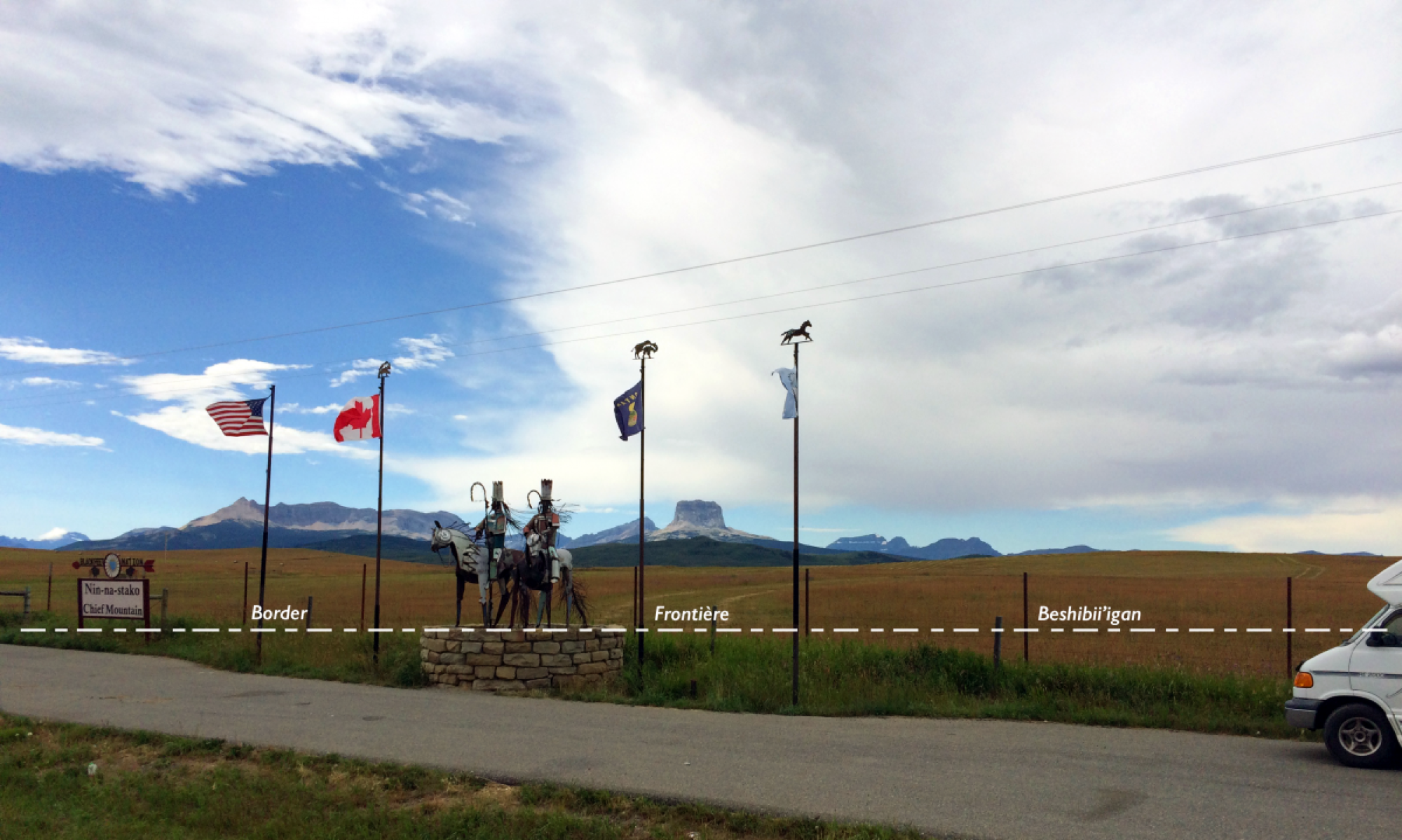Every crossing of the US-Canada border by a native person has the potential to become a transgression. For example, eagles an integral part of native American spirituality, but they are also the national symbol of the United States and possession of Eagle feathers and Eagle parts are illegal, punishable with a fine of up to $5,000 or one year in jail. Members of federally recognized Native American tribes are generally exempted from these laws if they use the feathers for religious purposes. Of note here is that Native American religious ceremonies were actually outlawed until 1978 (!). They only became legal with the passage of the 1978 Native American Freedom of Religion Act. However, the legal protection from Eagle feather laws do not apply to members of Canadian First nations, so legally crossing the border as a native person from Canada in the possession of eagle parts requires following a carefully scripted set of rules and completing official forms. Failure to comply with these restrictions can mean delays, interrogations, confiscation of sacred objects or even denial of entry.
To challenge the often byzantine rules of passage across international borders as a single native individual takes exceptional courage, but there are countless native people who will perform such rites even in the face of personal hardship to assert crossing rights for native nations. A more hopeful approach is to defy border crossing restrictions communally as in the case of the intertribal canoe journeys in the Pacific Northwest that started with the “Paddle to Seattle” in 1989 and became annual border crossing events in 1993. For these celebrations of traditional lifeways, the border is a line with little importance as explained by Frances Charles, Chairwoman of the Lower Elwha Klallam Tribe in the video “Canoe Journey 2017 – Our Indigenous Connections Reach Beyond border.”

